Understanding the role of AI Agent tools
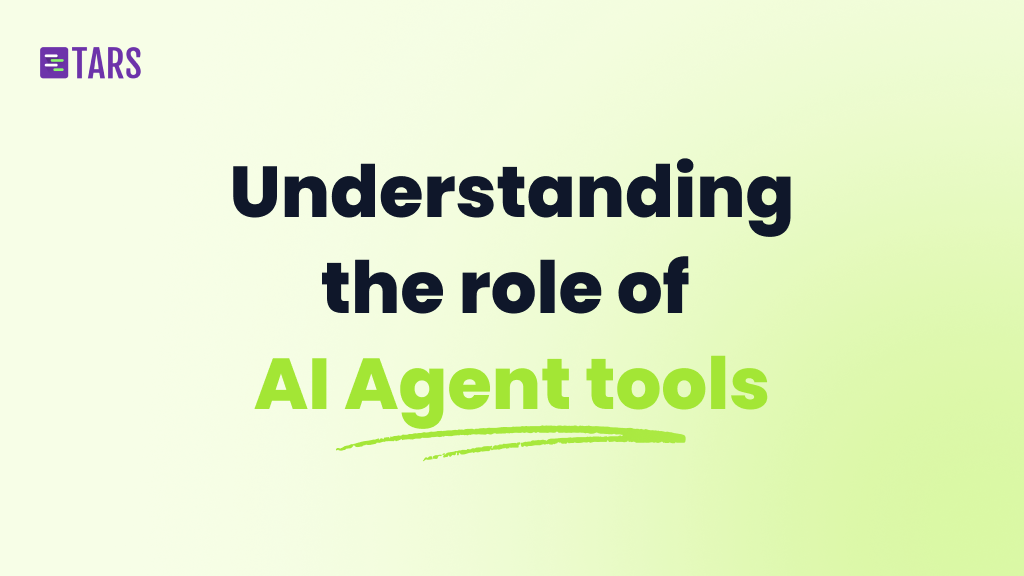
AI Agents have become incredibly powerful in the past few years, but what makes them actually useful isn’t just their ability to chat with you. It’s the tools they can use. These tools are what turn a smart chatbot into something that can actually get things done in the real world.
What are AI Agent tools?
Simply put, a tool is a function that you give to an AI Agent. Each tool has a specific job to do. Think of it like giving someone a calculator when they need to do math, or a phone when they need to call someone.
AI Agent tools let these systems do more than just generate text. They can search the web, perform calculations, create images, send emails, or connect to other software. Without tools, an AI Agent can only talk about doing things. With tools, it can actually do them.
Here’s why this matters: AI models are trained on data from before a certain date. They can’t access new information, and they’re not great at precise math. Tools fix these problems by giving the Agent ways to get current information and perform accurate calculations.
For instance, with Tars you can access 300+ built-in tools that help the Agent perform actions and access real-time data.
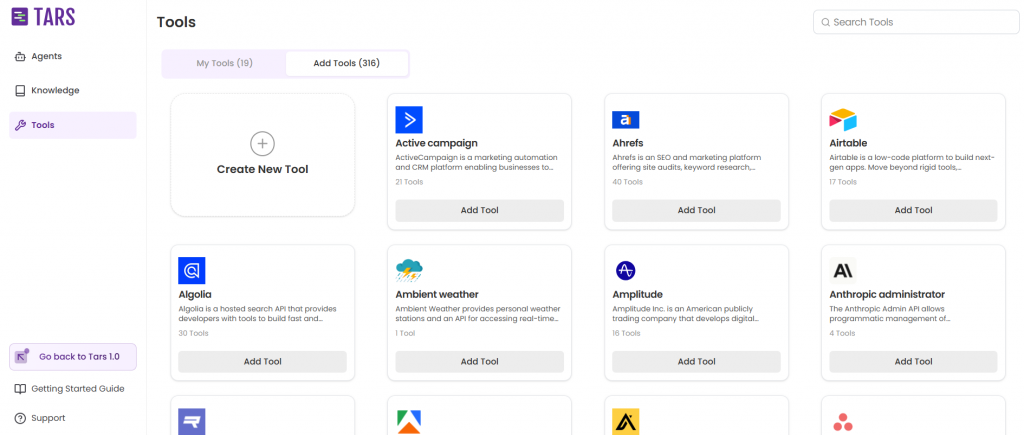
How AI Agent tools actually work
This is where it gets interesting. AI models can only read text and write text; they can’t actually use tools directly. So when we say an Agent “uses a tool,” here’s what really happens:
- You describe available tools to the Agent in its system instructions
- When you ask for something that needs a tool (like “What’s the weather today?”), the Agent recognizes this
- Instead of guessing, the Agent writes something like
call weather_tool('current_location') - The Agent system sees this, runs the actual tool, and gets the results
- The Agent then uses those results to give you a proper answer
You never see steps 3 and 4—it all happens behind the scenes. It looks like the Agent directly checked the weather, but really it asked the system to do it.
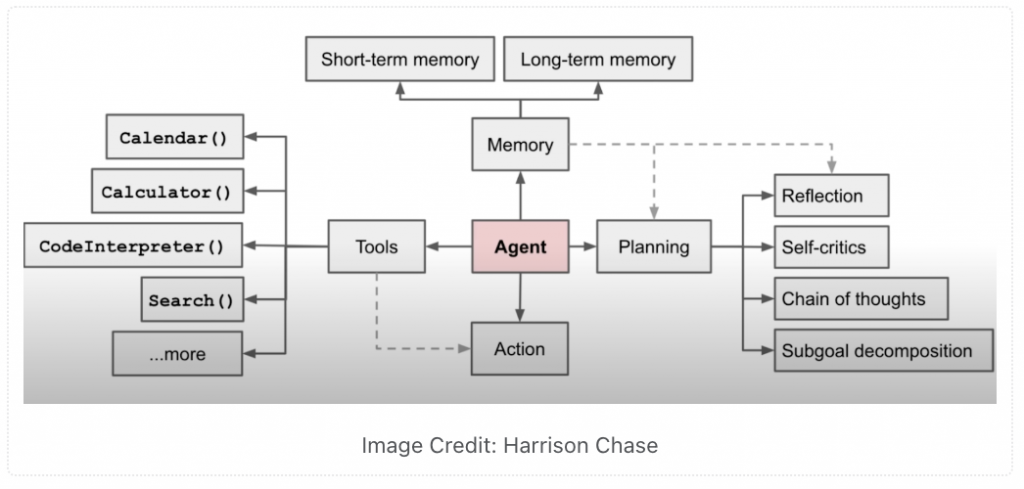
What makes a good tool?
Every tool needs a few key things:
- Clear description of what it does
- Working function that actually performs the task
- Proper inputs with the right data types
- Expected outputs so everyone knows what to expect
- Good documentation so the Agent understands how to use it
Types of AI Agent tools
Information tools
These help Agents get information:
- Web search: Gets current information from the internet
- Document analysis: Reads and understands files and PDFs like Firecrawl
- API connections: Connects to services like GitHub, Spotify, or YouTube
- Knowledge retrieval: Searches through the company’s knowledge bases
Calculation tools
For when the Agent needs to do math or analysis:
- Calculators: Handles precise math that Agents struggle with
- Data analysis: Works with spreadsheets and datasets
- Code execution: Runs and tests programming code
- Scientific computing: Specialized calculations for research
Creative tools
For making things:
- Image generation: Creates pictures from descriptions
- File management: Creates, edits, and organizes files
Communication tools
For interacting with people and systems:
- Email: Sends and manages emails
- Messaging: Works with Slack, Teams, and other chat platforms
- Calendar: Schedules meetings and manages appointments
Building tools: a technical look
How to describe tools
Tools get integrated through the Agent’s system prompt. You need to be extremely precise about what each tool does and what information it needs.
Making it automatic
Writing these descriptions by hand gets tedious and error-prone. A better approach uses Python decorators to generate descriptions automatically:
This decorator looks at your function and automatically creates the description by reading the function name, docstring, parameter types, and return type.
The Model Context Protocol
There’s a new standard called the Model Context Protocol (MCP) that’s making tools more standardized. With MCP:
- You can use the same tools across different AI Agent systems
- There’s a growing library of ready-made tools
- You can switch between different AI providers without rebuilding everything
- Security and data handling follow best practices
This means you write a tool once and use it everywhere, which saves a lot of development time.
Why tools matter so much
Fixing AI limitations
Tools solve real problems that AI models have:
- Old information: Models only know things from their training data. Tools get current information
- Can’t take action: Models only generate text. Tools let them actually do things
- Missing expertise: Tools can add specialized knowledge that wasn’t in the training data
- Bad at math: Models make calculation mistakes. Specialized tools get it right
Making Agents autonomous
Without tools, you have a smart conversationalist. With tools, you have an Agent that can research topics, analyze data, send emails, schedule meetings, and handle complex workflows without human intervention.
For example, have a look at this Website supports and demo booker AI Agent:
Better business integration
Tools let AI Agents work with your existing software and processes. Instead of replacing everything, Agents can plug into what you already have and make it smarter.
Choosing the right tools
Start with your goals
Figure out what you actually want your Agent to accomplish. A customer service Agent needs very different tools than a data analysis Agent.
Think about integration
Look at your current software and processes. Choose tools that work well with what you already have rather than forcing you to change everything.
Keep it simple
More tools isn’t always better. Each tool adds complexity and potential problems. Focus on the essential capabilities that directly help with your main objectives.
Plan for reliability
In production environments, tools need to work consistently. Build in error handling, timeouts, and backup plans for when things go wrong.
Security matters
Make sure your tools meet security requirements, especially when dealing with sensitive data or critical systems. Add authentication, authorization, and logging for important operations.
Best practices for tool design
Be extremely precise
Tool descriptions must be crystal clear about what the tool does and what inputs it needs. Vague descriptions lead to failed executions.
Complement, don’t duplicate
Build tools that do things AI models are bad at, rather than things they already do well. For example, precise calculations rather than text generation.
Stay consistent
Use the same format and structure across all your tools. This makes it easier for the Agent to understand and use them correctly.
Document everything
Include detailed documentation, examples, and type information. The more context you provide, the better the Agent will use the tool.
Think about workflows
Consider how tools might work together in complex tasks. Some tools may need to pass information to others to accomplish bigger goals.
Key takeaways
AI Agent tools are what make the difference between an impressive demo and a useful system. Here’s what matters most:
Tools enable real action: They turn text generators into systems that can actually get things done in the real world.
Precision is critical: How well you describe and design tools directly impacts how well your Agent performs.
Complement AI strengths: The best tools handle things AI models struggle with current information, precise calculations, and real-world actions.
Standards help everyone: Protocols like MCP are making tools more reusable and reducing the work needed to build effective Agents.
Strategy beats quantity: Success comes from choosing the right tools for your specific needs, not from having the most tools.
Conclusion
AI Agent tools transform language models from interesting technology into practical business solutions. Understanding how they work and how to implement them well is essential for anyone building AI systems that need to do more than just chat.
The key is being thoughtful about which tools you build and how you build them. Focus on solving real problems, integrating well with existing systems, and providing clear, reliable functionality. When done right, tools turn AI Agents into powerful partners that can handle complex workflows and deliver genuine value.
Whether you’re building your first Agent or improving an existing one, remember that tools are what bridge the gap between what AI can theoretically do and what it can practically accomplish. Choose wisely, implement carefully, and you’ll have systems that can handle increasingly complex tasks with minimal human intervention.
A writer trying to make AI easy to understand.
- What are AI Agent tools?
- How AI Agent tools actually work
- What makes a good tool?
- Types of AI Agent tools
- Information tools
- Calculation tools
- Creative tools
- Communication tools
- Building tools: a technical look
- How to describe tools
- Making it automatic
- The Model Context Protocol
- Why tools matter so much
- Fixing AI limitations
- Making Agents autonomous
- Better business integration
- Choosing the right tools
- Start with your goals
- Think about integration
- Keep it simple
- Plan for reliability
- Security matters
- Best practices for tool design
- Be extremely precise
- Complement, don’t duplicate
- Stay consistent
- Document everything
- Think about workflows
- Key takeaways
- Conclusion


Build innovative AI Agents that deliver results
Get started for freeRecommended Reading: Check Out Our Favorite Blog Posts!
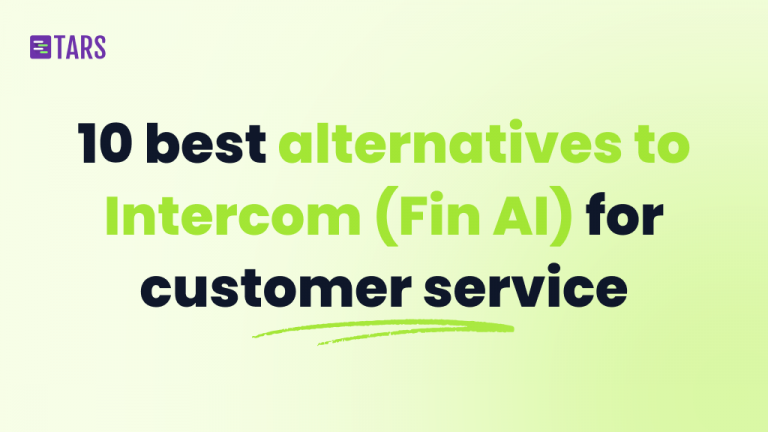
10 best alternatives to Intercom (Fin AI) for AI-powered customer service [2025]
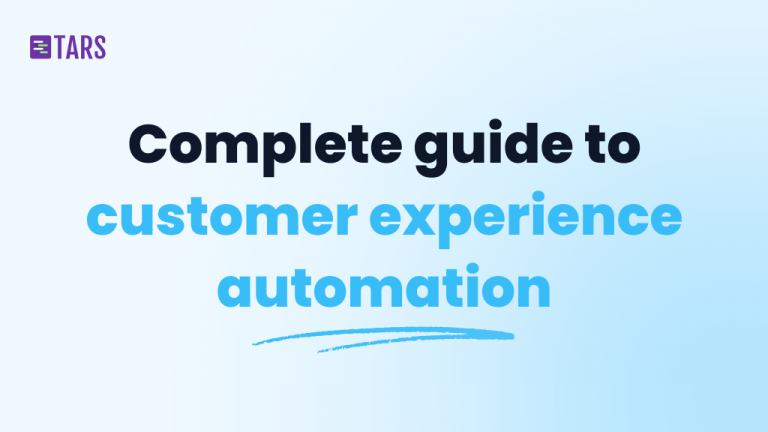
Customer experience automation: The complete guide to CXA in 2025
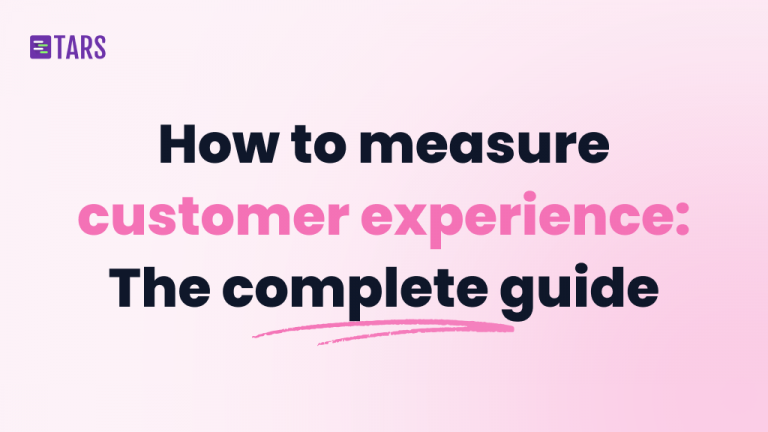
How to measure customer experience: The complete guide for AI-powered support and growth

Our journey in a few numbers
With Tars you can build Conversational AI Agents that truly understand your needs and create intelligent conversations.
years in the conversational AI space
global brands have worked with us
customer conversations automated
countries with deployed AI Agents